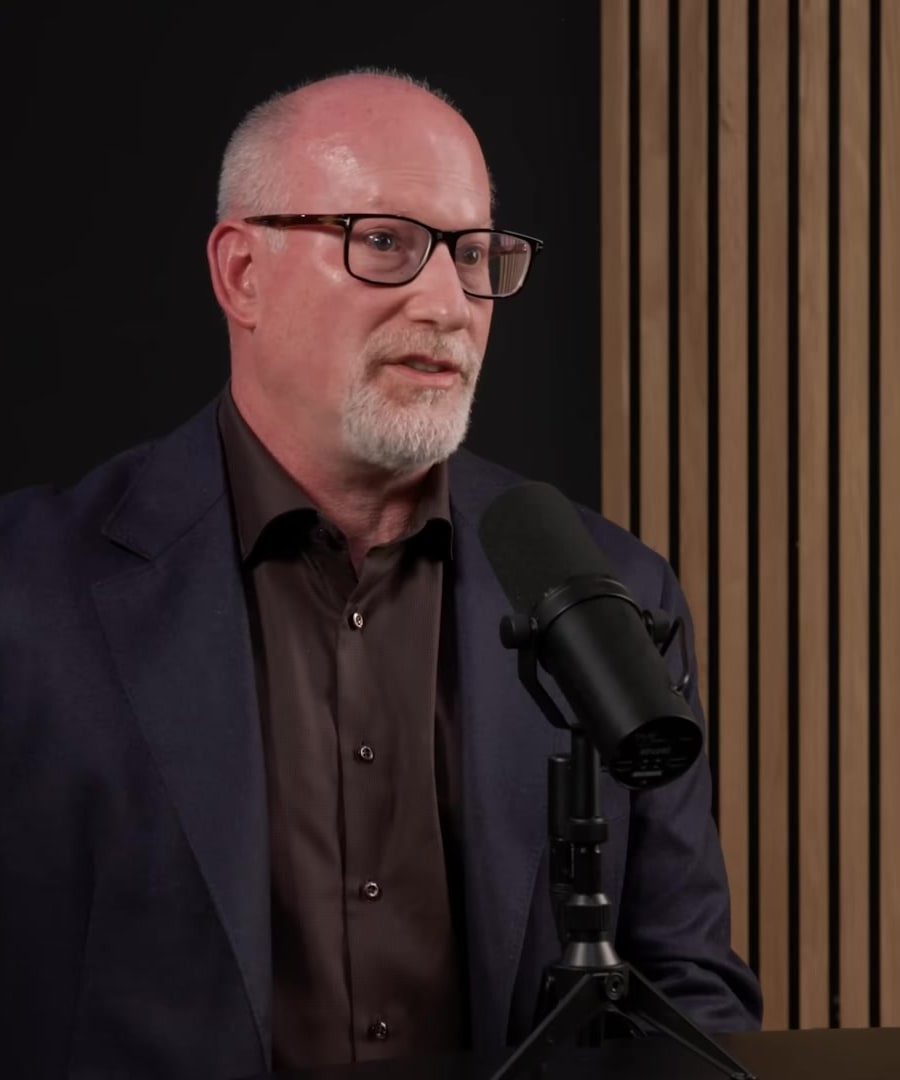Bp 157 tb 500
Sources:
The terms "BPC 157" and "TB 500" refer to peptides that have gained attention for their potential roles in tissue healing and repair. Here are key insights based on discussions from the Huberman Lab podcast:
BPC 157
- Description: BPC 157 is known for promoting angiogenesis (the formation of new blood vessels) and assisting in skin regeneration and wound healing. It has garnered interest for its potential benefits in recovery from injuries 1.
TB 500 (Thymosin Beta 4)
- Function: TB 500, a truncated version of thymosin beta 4, is acknowledged for supporting the growth and infiltration of various cell types involved in tissue rejuvenation. Unlike BPC 157, TB 500 is primarily focused on tissue repair rather than growth promotion 2.
- Mechanism: It enhances the extracellular matrix, which is crucial for the structural integrity of tissues. The peptide is believed to stimulate stem cell proliferation, thereby aiding in recovery processes 2.
Clinical Considerations
- Evidence: While there are promising animal studies indicating the effectiveness of both peptides in enhancing healing, definitive clinical trials in humans are lacking. Anecdotal reports suggest patients experience benefits, but without controlled trials, the efficacy remains uncertain 1 2.
- Availability: BPC 157 availability has decreased in legitimate markets, leading to interest in alternatives like TB 500 and new peptides such as pentadeca arginate, which has shown similar effects 3.
For anyone considering these peptides, it's essential to consult a healthcare professional to navigate the risks and benefits appropriately.
RELATED QUESTIONS
Bp 157 tb 500
- RELATED QUESTIONS


